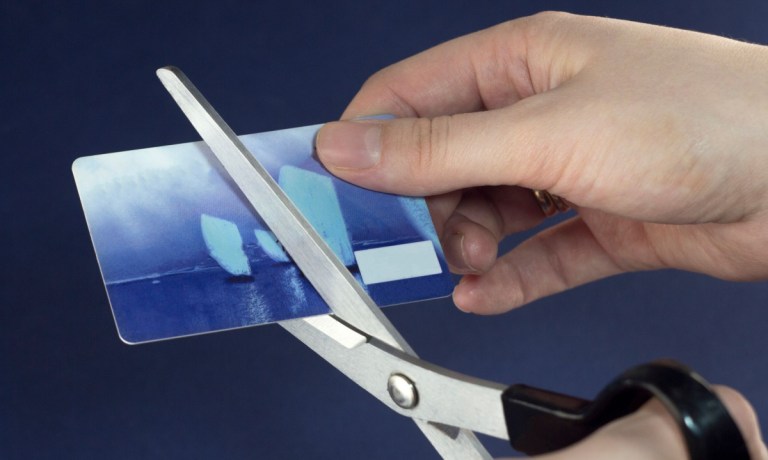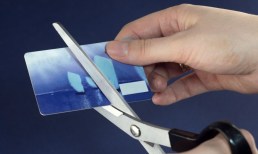Consumer Spending Grows Shakier Amid Wave of Tariffs

If consumer spending forms the foundation of the American economy, tariffs could represent an earthquake.
That’s according to a report Saturday (April 12) by the Financial Times (FT), which said Americans are signaling financial stress as they prepare themselves for tariff-related price hikes.
The report cited JPMorgan’s recent first quarter earnings, which showed that its credit card charge-offs had reached their highest level in 13 years. For the entire industry, charge-off rates are at a higher level than before the COVID pandemic, reversing the trend in which consumers were able to pay down their credit card bills thanks to government stimulus money.
This era of uncertainty means “there’s a wide range of potential outcomes,” JPMorgan CEO Jamie Dimon said, agreeing with the bank’s economists that the odds of a recession are 50/50. This is driven in part by worries that consumers are chafing at paying higher prices thanks to 10% tariffs on many imports, along with 145% tariffs on goods from China.
“Looking at the April data is what would appear to be a little bit of front loading of spending, specifically in items that might have prices go up as a function of tariffs,” said JPMorgan Chief Financial Officer Jeremy Barnum.
Meanwhile, consumer sentiment has been on the downswing since December thanks in part to “growing worries about trade war developments,” the University of Michigan said in its monthly measure of how consumers are feeling, released Friday (April 11).
The latest installment of the survey found that the share of consumers who expect higher unemployment levels in the coming year rose for the fifth consecutive month, the highest level of such expectations in 15 years.
The FT report also pointed to store foot traffic data from Placer.ai, indicating that American shoppers flocked to low-priced warehouse club stores in the final week of March, possibly signaling the need to stock up before the tariffs kicked in.
Both consumers who live paycheck to paycheck and those who are more financially comfortable were rethinking their spending even prior to the tariffs, PYMNTS Intelligence research shows.
“Tech purchases, eating out and buying coffee at the local coffee shop are consistently on the chopping block, even for those who do not feel financial pressures,” PYMNTS CEO Karen Webster wrote last week.
“Those living paycheck to paycheck are concerned because higher prices crimp how far their paychecks can or will go. Those not living paycheck to paycheck are pulling back because they want to keep their powder dry, just in case.”



